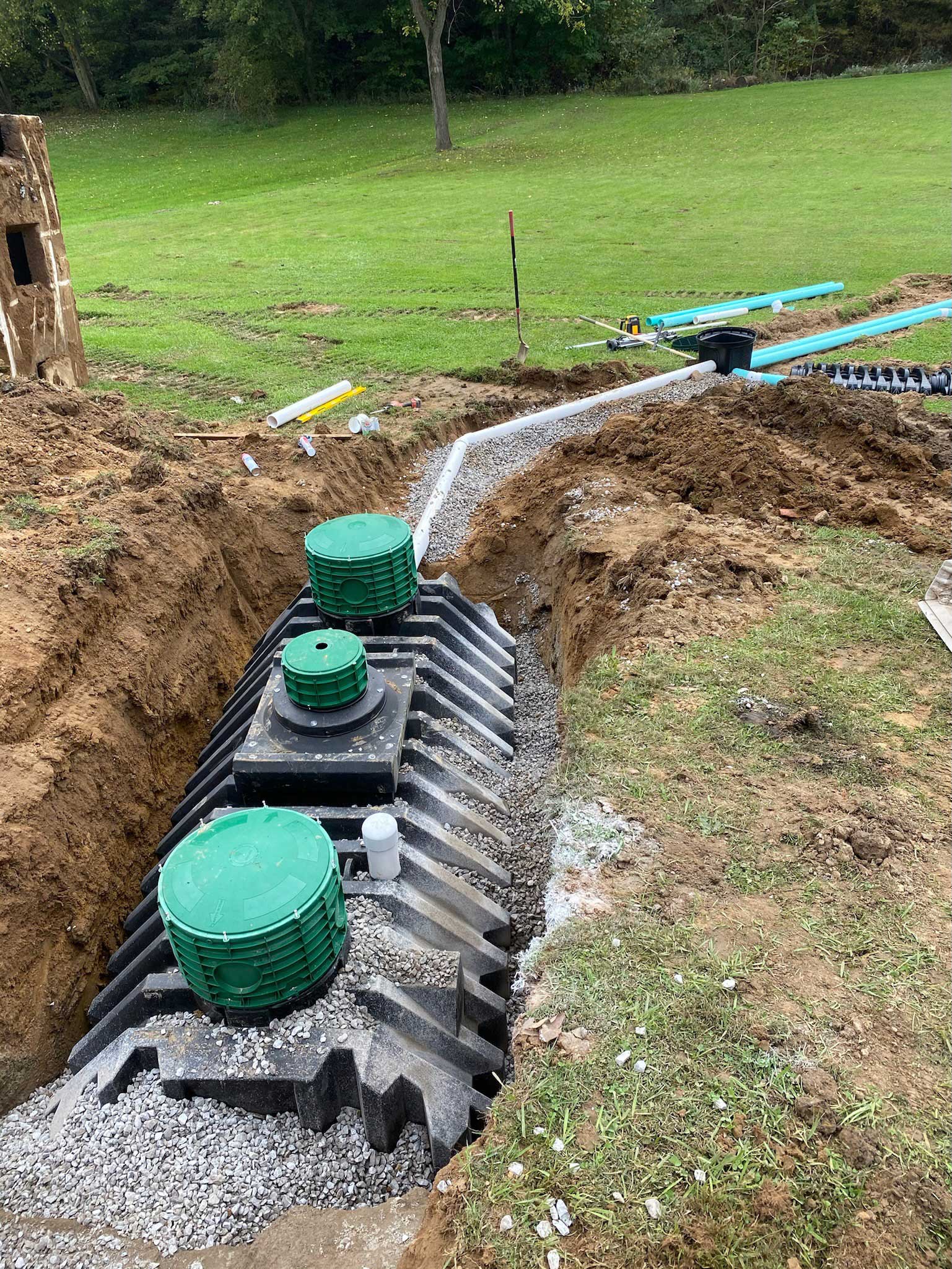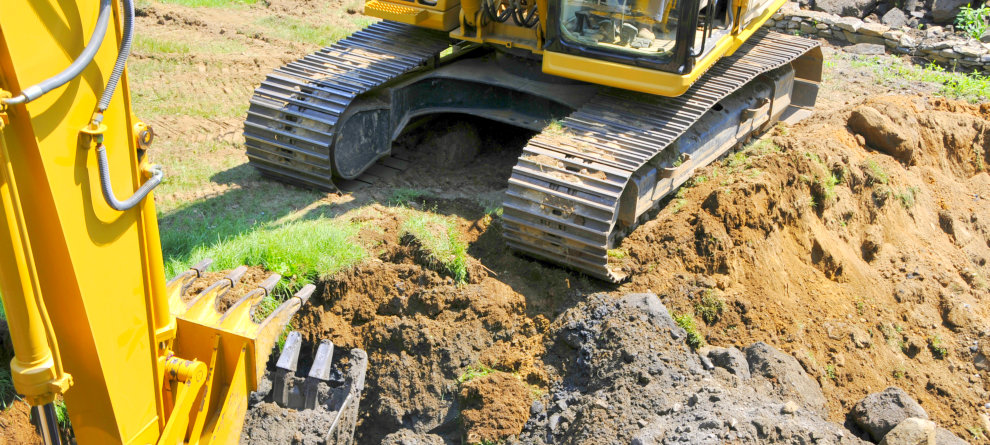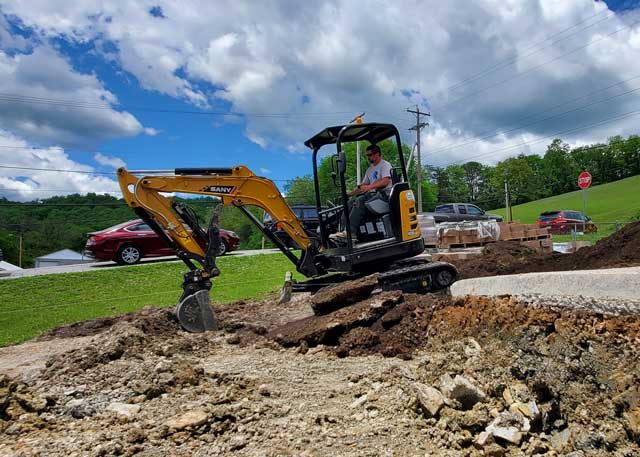Excavating Ohio - Top Excavation Professionals for Ohio Projects
Excavating Ohio - Top Excavation Professionals for Ohio Projects
Blog Article
Comprehensive Excavation Approaches: Understanding the Basics for Success
In the realm of construction and civil engineering, the relevance of efficient excavation approaches can not be overemphasized. The careful preparation, accurate implementation, and meticulous focus to information needed in excavation projects require an extensive strategy that encompasses numerous essential facets. From first dirt evaluation to the application of precaution and normal development tracking, mastering these core aspects is vital for attaining success in any kind of excavation undertaking. Nonetheless, truth proficiency lies not just in recognizing these fundamentals but in seamlessly incorporating them to browse the intricacies of excavation projects with skill.
Understanding Excavation Project Preparation

Successful excavation jobs are built on the structure of complete and careful preparation. The first stage of any kind of excavation job is the preparation phase, where critical choices are made that can considerably impact the result of the job. During this stage, it is necessary to collect all relevant information about the site, consisting of topographical studies, dirt composition, and any kind of possible threats that may exist. Recognizing the job scope, timeline, and budget constraints is crucial for creating an extensive excavation strategy that makes certain the project's success.
One trick facet of excavation job preparation is the growth of a detailed timeline that outlines the sequence of landmarks, due dates, and tasks. By very carefully thinking about all these aspects throughout the planning stage, excavation jobs can be performed efficiently and effectively, leading to successful outcomes - septic ohio.
Soil Analysis and Site Evaluation
Performing extensive soil analysis and site analysis is a critical step in the prep work stage of any excavation task. Dirt analysis involves determining the make-up, structure, and properties of the soil at the excavation website. This info is crucial for understanding the dirt's bearing capacity, dampness content, and capacity for erosion, which are essential consider figuring out the excavation methods and tools required for the job.
Website assessment exceeds dirt analysis and encompasses a broader analysis of the overall website conditions. This evaluation includes recognizing any kind of prospective threats, such as underground utilities, environmental worries, or unsteady terrain, that could affect the excavation process. By extensively reviewing the site, job managers can create effective excavation strategies that prioritize security, performance, and environmental defense.
Making use of innovative technologies like ground-penetrating radar, soil sampling, and drone studies can enhance the precision and efficiency of dirt analysis and site assessment. Investing time and sources in these initial steps can eventually save time and avoid pricey delays or difficulties throughout the excavation process.
Devices Option and Utilization
Reliable excavation tasks rely heavily on strategic equipment choice and application to make sure ideal efficiency and performance. Choosing the appropriate devices for the work is crucial in optimizing performance and reducing downtime. Aspects such as the sort of soil, deepness of excavation, and task extent play a significant duty in figuring out the most ideal tools for the task handy.

Along with choosing the suitable tools, correct utilization is key to task success. Operators has to be trained to take care of the tools find here securely and effectively - lancaster trenching. Normal upkeep checks and prompt repairs aid protect against break downs and guarantee regular efficiency throughout the job
Safety And Security Steps and Laws Compliance
In the realm of excavation jobs, focusing on precaution and conformity with laws is critical to guaranteeing a safe and lawfully audio operational environment. Precaution include an array of techniques, including carrying out detailed website analyses, implementing correct signage and barriers, and supplying appropriate safety training for all workers associated with the go to my blog excavation process. Adherence to regulations, such as OSHA demands in the United States, ensures that the excavation project fulfills the required criteria to secure workers, onlookers, and the surrounding atmosphere.

Monitoring Progress and Adjusting Approaches
Exactly how can project supervisors properly track the improvement of excavation projects and adjust their approaches accordingly to enhance end results? Surveillance development is important for ensuring that excavation tasks stay on track and fulfill due dates. Project supervisors can utilize numerous tools and strategies to track progress, such as day-to-day progression reports, normal website examinations, and progressed tracking technologies like drones and general practitioners tracking systems. By continually keeping track of the job's advancement, managers can recognize any kind of possible hold-ups or problems at an early stage and take proactive steps to resolve them.

Conclusion
Finally, grasping the fundamentals of extensive excavation approaches is vital for the success of any type of task. By recognizing job preparation, evaluating soil and website problems, selecting ideal devices, following security regulations, and checking progress, task supervisors can ensure a efficient and smooth excavation process. Applying these techniques will certainly result in effective outcomes and lessen possible risks or obstacles during the excavation task.
The initial phase of any type of excavation task is the preparation stage, where essential decisions are made that can substantially influence the end result of the job. Understanding the job timeline, budget plan, and extent restraints is important for developing a comprehensive excavation plan that makes sure the task's success.
How can forecast supervisors properly track the development of excavation jobs and adjust their strategies appropriately to maximize end results? By carefully keeping track of progress and being ready to adjust approaches, job supervisors can enhance the overall success of excavation tasks.
By comprehending job preparation, assessing soil and site problems, selecting proper equipment, conforming with safety and security policies, and checking progression, task supervisors can guarantee a efficient and smooth excavation procedure.
Report this page